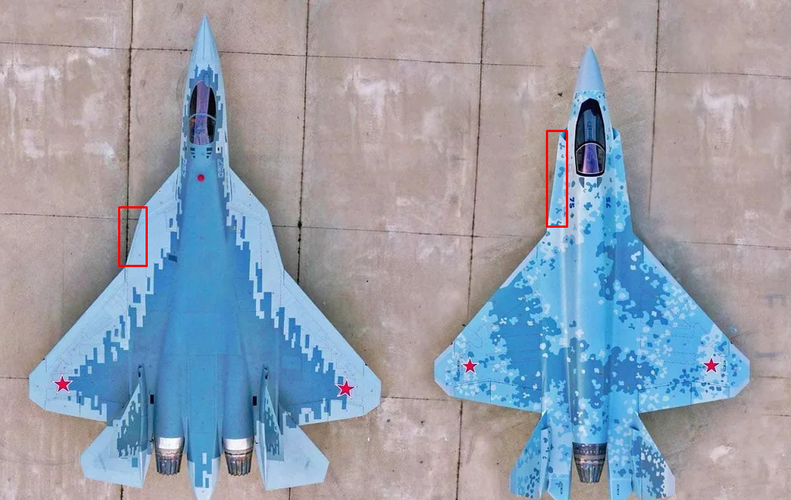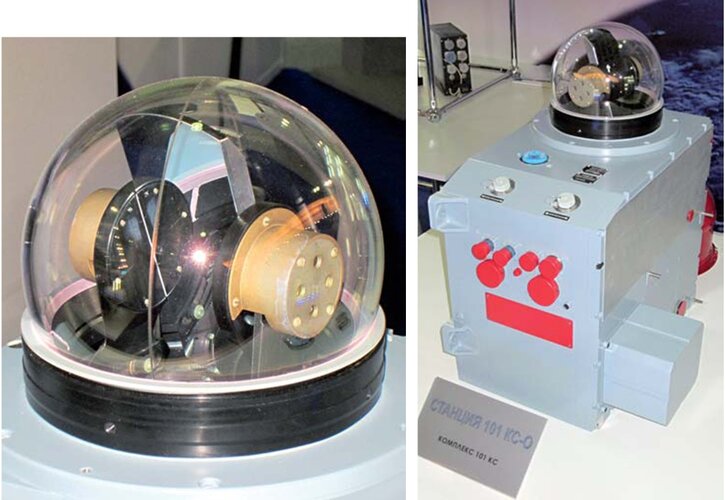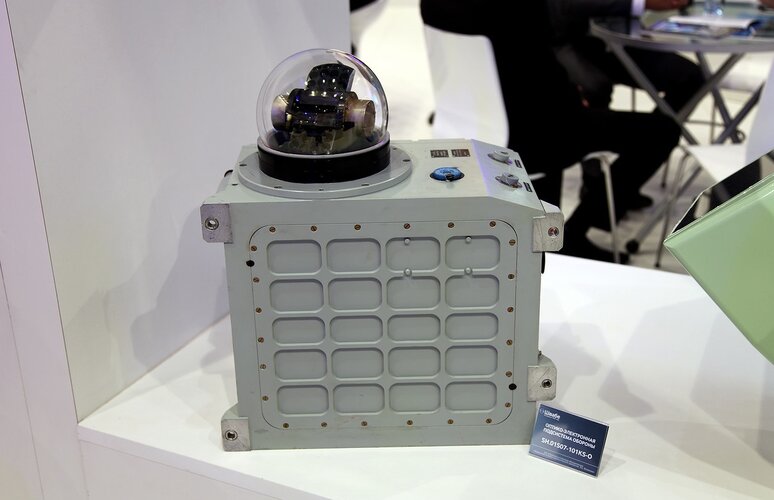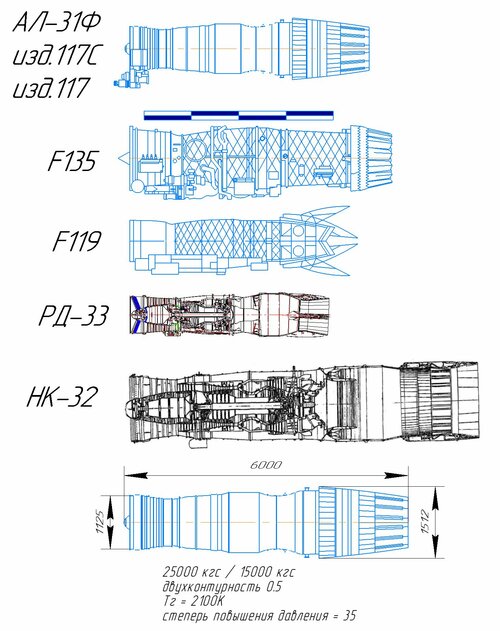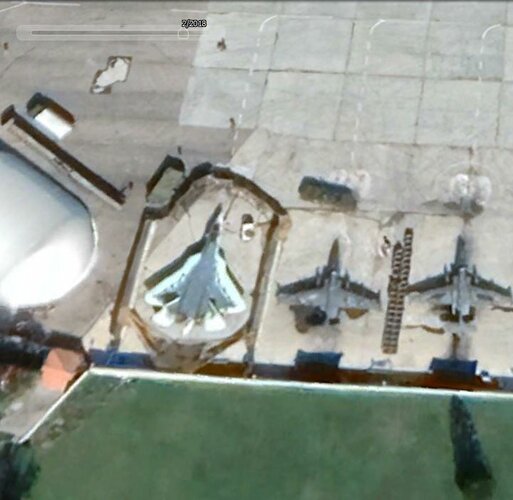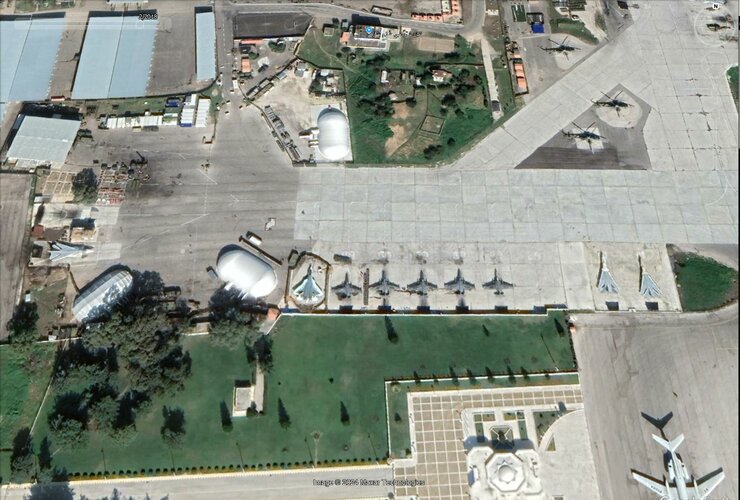At least it got people to click hahahaha.
-------------------
Anyway, something for fun. So yeah I did a little bit of experiment. I made myself a model of an inlet. With a simple Radar blocker and a compressor face with its respective Guide vanes.
View attachment 656801
The radar blocker is just loosely based on the one in Su-57 patent. treatments that i did was to the leading edge of the Blocker where it would have ogival shaped edge to reduce contribution of RCS from the edge. The RAM Is the one from the "Radar Cross Section 2nd Edition" the Magnetic RAM Sintered-Zinc-Nickel-Ferrite.
The inlet Body is not treated and left as PEC, so does the engine face. The solution being used is SBR+ Which allows cavity RCS to be computed
The frequency being used here is L-band (1 GHz) because it's fast and can still enter the duct. Polarization is horizontal, and 3 conditions were taken as follows and the result in 2D contour projection :
Remarks :
Relatively strong and broad reflections from the blades and guide vanes. | Remarks :
Blocker and Inlet are basically compounding each other, produces strong reflections at the middle of the engine face. | Remarks :
The radar blocker appears to be able to suppress the reflection of the blades behind it, "flare spots" appears to be reduced. |
The above projection are views from the front of the engine. Basically from this :
View attachment 656808
Numerical wise this is the Median of the inlet's RCS :
View attachment 656807
There is about 5-6 dB or 3-4 times of RCS reduction from above model. Doesnt sound like alot but still reduction. Plus i have no idea on how actually a radar blocker is designed. I wonder what kind of reduction a purposely designed and optimized radar blocker can have.
The subject of the design of radar blocker however appears to be rare in open literature so far. There are patents, but research papers are somewhat nonexistent. There are instead many on S-duct. Even the idea of ogival leading edge treatment for my simple radar blocker there came from paper dealing with S-duct (Attached):

